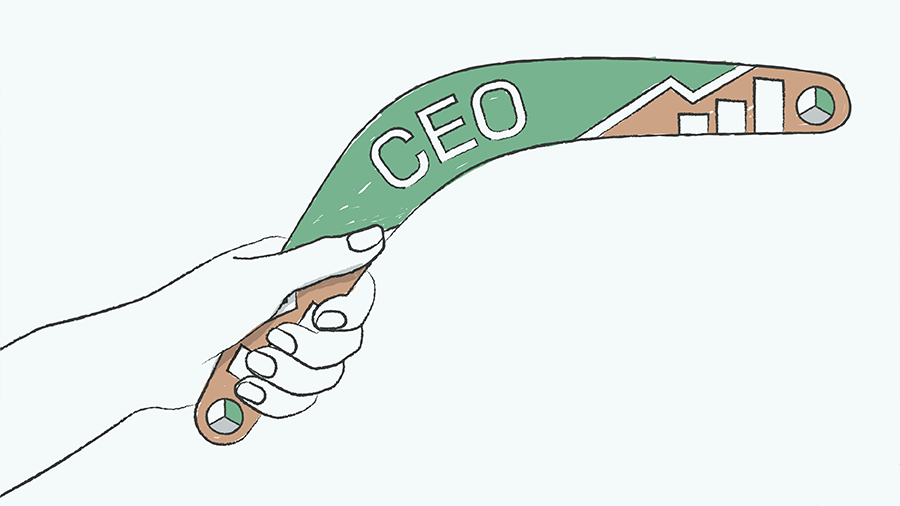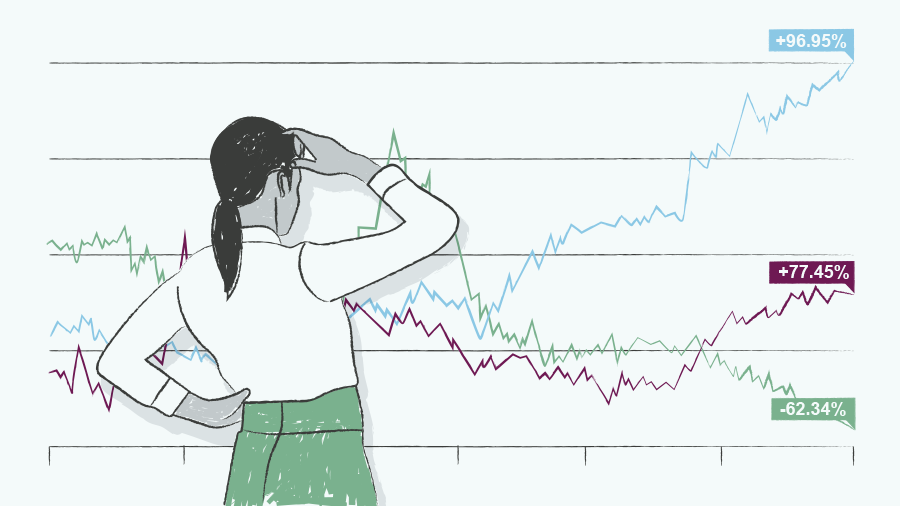
Recently I met with Andrew Brent, the former CMO of Barclays Bank, and we had a very illuminating chat about the nature of growth which I shall recount to you here.
Andrew has a vast amount of experience of senior strategic and marketing roles at big blue-chip companies, before co-founding Bloomgroup, a consultancy that specialises in helping businesses reposition for growth. So, when it comes to expanding a business successfully, Andrew is an extremely well-regarded authority.
Andrew has spoken about the growth paradox before (you can watch a seminar he did at the 2016 High Growth Summit here), noting that while growth is incredibly important, most businesses are terrible at it and it’s played out in the numbers: 83% of companies hit the bottom line but 90% of companies fail to hit their growth target.
Keeping focus
Lack of growth is not down to a dearth of good people, but rather it is a consequence of focus fatigue where people get overly concerned by “stuff” rather than focusing on what really needs to be done, such as targeting one’s highest potential customers, maximising proposition and improving critical execution. Not only sales and marketing but also the product and ways in which to grow that. One great example of misplaced focus is at Barclays: 700,000 new customers were being taken on in a year but 600k of these were not going to be profitable for the bank across their lifetime. While this shows a tremendous growth in new customers, it also reveals how much productive energy was expended on gaining a customer base that actually the company didn’t want.
At the root of the growth paradox is the idea that growth is a natural consequence of running a good business but this would be misguided. Success gives you the opportunity to grow, but it does not provide the blueprint. People also fail to take growth seriously. 100% of companies have a CEO, 78% have an HR Director but only 4% have a Growth Director or somebody focused entirely on growth. Coke have just appointed a Growth Director and Mondelez have also appointed one. There are other people in other organisations who are fundamentally Growth Directors but go by another title. Strategy Directors, for example, could be potentially interpreted as Growth Directors, but often lack the hard edge, however well-intentioned they might be. While they have the ability to manage the ongoing strategy cycle etc, they don’t get sacked if they don’t deliver and often they are not really given the ability to and then celebrated for having done so.

Who’s is responsible for growth?
So, in that environment who is actually responsible for growth? Is it the CEO? Is it the Marketing Director? Or is it everybody? If it’s everybody then actually that translates as nobody because in the classic responsibility and accountability model, how can you have everybody responsible for something without any bite?
The alternative option is to say that the CEO is responsible for the customer, the CEO is responsible for the strategy and thus the CEO is responsible for driving growth. However, do they have time to be focused on growth when they also have a plc board to work with, a board to manage and the overall management of the company? FMCG businesses, for example, have always traditionally had brand managers who have been really focused on marketing, sales and product development.
Bad Growth vs Good Growth
Companies need to be smart about who they are targeting in terms of the ideal customer and the customer who is actually going to make them money. Again, companies tend to target as many people as possible under the impression that the law of large numbers will play out, but in practice that is more often than not a waste of precious time, energy and capital. On the other hand, there are certain exceptions to this rule, depending on what stage your business is at. For example, if you are a well-established brand whose market share is being eroded by smaller, newer competitors, it might actually be in your interests to foster unprofitable growth if it can debilitate competitors. This is a classic penetration strategy as advocated by the likes of AT&T and various internet companies over the last 20 years, with Amazon perhaps the best example and exponent.
Good growth, on the other hand, is almost always penetration driven, proposition driven and profitable. To achieve it there needs to be a certain recognition that most customers won’t buy your product; that often most sales happen by accident; and most of what you do doesn’t matter! Businesses fundamentally believe that people are rational but they aren’t. They are intuitive and they are emotional and growth strategies need to tap into this by becoming the customer’s ‘auto-pilot’. When the customer’s subconscious is processing huge amounts of mental data at super-fast speeds, he/she will invariably lean on heuristics to come to the ‘right’ decision. A growth manager or senior marketing person must be asking: When do these customers make auto pilot choices? What proposition will secure preference at that moment? How do we drive an emotional response which will force our customer to choose us?
If we only recognise that all decisions are driven to meet high emotional goals then that is a great starting point for constructing a growth strategy.
















